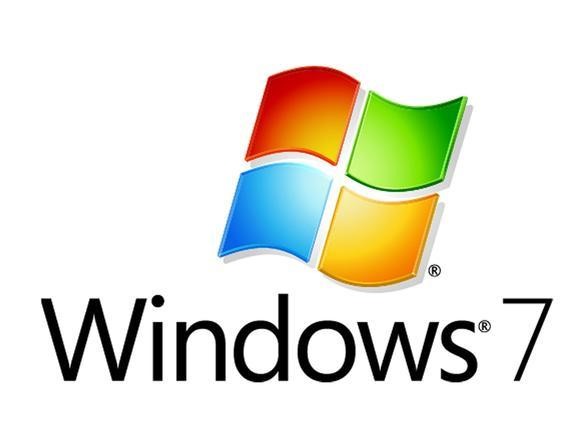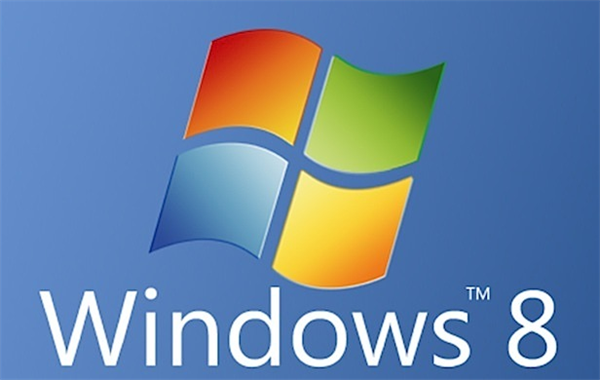| Nous nous efforçons de localiser notre site Web dans le plus grand nombre de langues possible, mais cette page est actuellement traduite par Google Traduction. | étroit |
-
-
produits
-
ressources
-
support
-
société
-
-
Accueil
-
Ressources
- Blog
- Différences entre Windows 7 et Windows 8Differences Between Windows 7 and Windows 8
Différences entre Windows 7 et Windows 8Differences Between Windows 7 and Windows 8
Par Steve Horton Juin 03, 2013upgrading, Windows 7, windows 83 CommentsEn termes de vitesse du système d’exploitation et de compatibilité des applications héritées, Windows 7 et Windows 8 n’offrent pas de changements très drastiques par rapport aux autres par rapport aux sauts précédents entre les versions de Windows. Les changements de la couche externe du système d’exploitation de 7 à 8 peuvent être assez drastiques, et ce n’est peut-être pas le bon chemin pour tout le monde.
Continuez à lire pour le découvrir.

Windows 7, sorti en 2009.
Windows 8, sorti en 2012.Quelles sont les différences entre Windows 7 et 8?
La première – et la plus évidente – différence entre les deux systèmes d’exploitation est le menu Démarrer. Dans les versions traditionnelles de Windows, le menu Démarrer était accessible en cliquant sur une icône dans le coin de votre écran, d’où vous pouviez rechercher des programmes et des fichiers à ouvrir ou des raccourcis pour ceux qui étaient utilisés, épinglés dans le menu lui-même.
Dans Windows 8 , cela change radicalement. Le menu Démarrer est remplacé en faveur de l’écran de démarrage, avec Live Tiles mise à jour des informations des différents programmes que vous avez et chacun prenant des biens immobiliers importants sur votre écran. Alors que beaucoup affirment que cela seul est une raison de rester avec Windows 7, cela nécessite un goût personnel – même si la navigation Windows 8 sans connaissance des raccourcis clavier ou un écran tactile peut être moins intuitive par rapport à Windows 7.
Ceux qui sont familiers avec les anciennes versions de Windows ont tendance à se pencher vers Windows 7 pour sa familiarité.
Qu’en est-il des applications modernes?
Interface utilisateur mise à part, Windows 8 propose également des applications modernes. Les applications modernes font usage exclusif de la nouvelle interface et seulement deux d’entre elles peuvent être ouvertes à la fois – et contrairement aux programmes Windows habituels, elles sont conçues pour être utilisées avec une interface tactile et optimisées autour de celle-ci.
Pour les tablettes et PC avec entrée tactile, l’interface utilisateur de Windows 8 et les applications Modernes doivent démontrer une expérience utilisateur simple et intuitive. Cependant, Windows 8 est beaucoup plus difficile à naviguer avec la souris et le clavier – bien qu’une partie de ces problèmes peut être atténuée en passant simplement en mode bureau ou en apprenant la quantité de raccourcis clavier qui ont été ajoutés dans Windows 8.
Windows 8 est bien optimisé pour les machines plus anciennes, mais sur les ordinateurs modernes et haut de gamme, les différences de performance entre 7 et 8 sont à peine remarquables – généralement seulement notable sur les tests de référence, mais pas avec une augmentation ou diminution significative système d’exploitation de l’autre basé sur la performance.
La nouvelle interface utilisateur de Windows 8 permet de réinstaller Windows et de le restaurer beaucoup plus facilement qu’avant, mais il est également beaucoup plus difficile pour les techniciens ou les dépanneurs d’atteindre des endroits vitaux comme le mode sans échec.
Alors, que dois-je choisir?
À la fin de la journée, choisir entre Windows 7 et Windows 8 se résume à vos finances et vos goûts personnels. Essayez-les tous les deux et prenez une décision – vous saurez quel système d’exploitation est le mieux adapté à vos besoins une fois que vous les aurez testés.
Une note finale: Notre application gratuite, Start Menu Reviver , peut aider à faciliter la transition entre Windows 7 et Windows 8. Menu Démarrer Reviver offre une nouvelle interface du menu Démarrer moderne qui restaure les fonctionnalités nécessaires à Windows 8. Il fonctionne également dans Windows 7. Donner c’est un essai!
Was this post helpful?YesNoGratuit Mises à jour du pilote
Mettez à jour vos pilotes en moins de 2 minutes pour mieux profiter Performances de l'ordinateur - Gratuit.
Gratuit Mises à jour du pilote
Mettez à jour vos pilotes en moins de 2 minutes pour mieux profiter
Performances de l'ordinateur - Gratuit.
Vous n'avez pas trouvé votre réponse?Poser une question à notre communauté d'experts de partout dans le monde et recevoir une réponse dans un rien de temps.most relevant articles récents Plus d'articles →- Réparer la barre de recherche non fonctionnelle de Windows 11
- Résoudre les problèmes de mise à jour de Windows 11
- Comment résoudre le problème de démarrage lent du système sous Windows 11
- Comment résoudre les problèmes de pilotes les plus courants sous Windows 10
- Accélérez votre ordinateur Windows 11
Société| Partenaires| EULA| Avis juridique| Ne pas vendre/partager mes informations| Gérer mes cookiesCopyright © 2026 Corel Corporation. Tous droits réservés. Conditions d'utilisation | Confidentialité | CookiesÉpinglez-le sur Pinterest
-